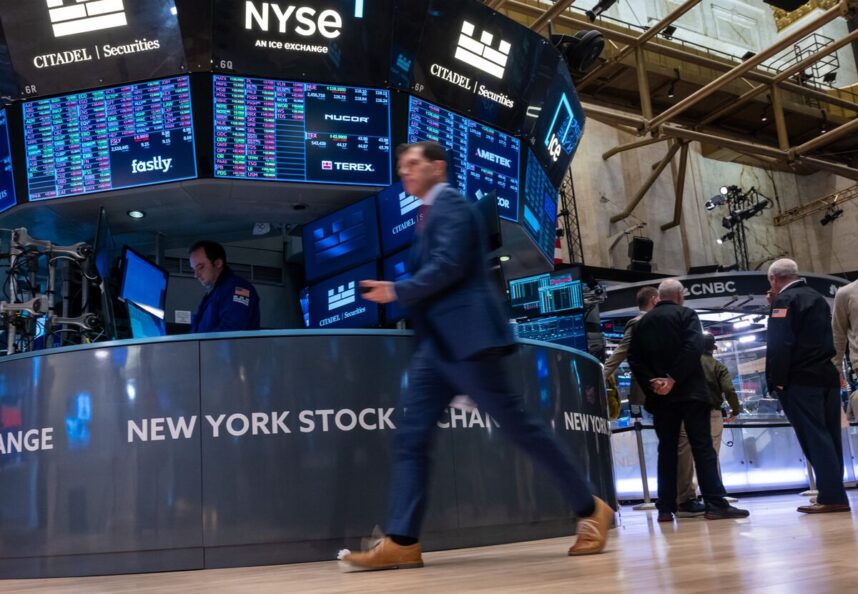Understanding Venture Capital Trusts: A Discussion with Tony Dalwood
In the latest episode of Merryn Talks Money, host Merryn Somerset Webb engages in a comprehensive discussion with Tony Dalwood, CEO of Gresham House, regarding Venture Capital Trusts (VCTs). As a specialized investment vehicle designed to support early-stage growth companies in the UK, VCTs offer significant tax benefits to investors. This article summarizes the key points from their conversation, highlighting the potential advantages of VCTs, especially in the current economic landscape.
What are Venture Capital Trusts?
A Venture Capital Trust is essentially a publicly listed company that raises capital to invest in small and growth-oriented businesses. The underlying goal of VCTs is to stimulate investment in emerging companies, fostering innovation and job creation in the UK economy.
Dalwood elaborates on the tax efficiency of VCTs, which serve as an appealing alternative to traditional investment savings accounts and pensions. For investors, VCTs offer several tax incentives, including:
- Income tax relief: Investors can claim back up to 30% on the amount invested within a tax year, provided they hold the shares for at least five years.
- Capital gains tax exemption: Any profits made from the disposal of VCT shares are exempt from capital gains tax, offering a significant advantage for profitable exits.
These benefits not only make VCTs attractive to individual investors but also contribute positively to the UK economy by channeling funds into innovative sectors.
Comparing VCTs to Other Investment Vehicles
Dalwood suggests that recent changes in pension taxation policies may alter the investment landscape, potentially increasing the attractiveness of VCTs for certain investor demographics. As pension regulations tighten, certain individuals may find VCTs to be more beneficial, particularly younger investors or those looking for flexible, growth-oriented investment options.
Additionally, the discussion highlights how VCTs differ from more traditional vehicles like pensions. While pensions primarily focus on long-term retirement savings with stringent withdrawal regulations, VCTs can provide both growth potential and immediate returns through dividends, catering to a different investment strategy altogether.
Benefits Beyond Individual Returns
The implications of VCT investment stretch beyond individual financial gains. Dalwood emphasizes the broader economic benefits VCTs provide, including the promotion of entrepreneurship and the enhancement of the UK’s innovation ecosystem. By supporting early-stage companies, VCTs indirectly contribute to job creation and economic growth, illustrating the symbiotic relationship between investors and the economy.
Dalwood states, “Investing in VCTs not only offers individual investors a chance for attractive returns but also enables them to play a pivotal role in fostering innovation at a national level.”
Conclusion and Significance
The discussion about Venture Capital Trusts is particularly relevant in today’s investment climate, where individuals seek tax-efficient ways to maximize their returns amidst evolving financial regulations. By offering a blend of financial benefits and the opportunity to support growing UK businesses, VCTs present a compelling investment option.
As the landscape continues to shift with changing regulations and market dynamics, understanding the potential and strategic role of VCTs may become increasingly important for investors looking to diversify their portfolios and leverage the tax benefits effectively. Ultimately, VCTs not only pave the way for individual wealth accumulation but also play a crucial role in stimulating economic growth and innovation.












